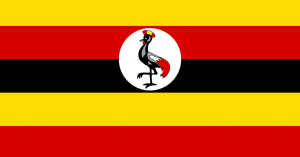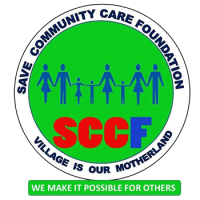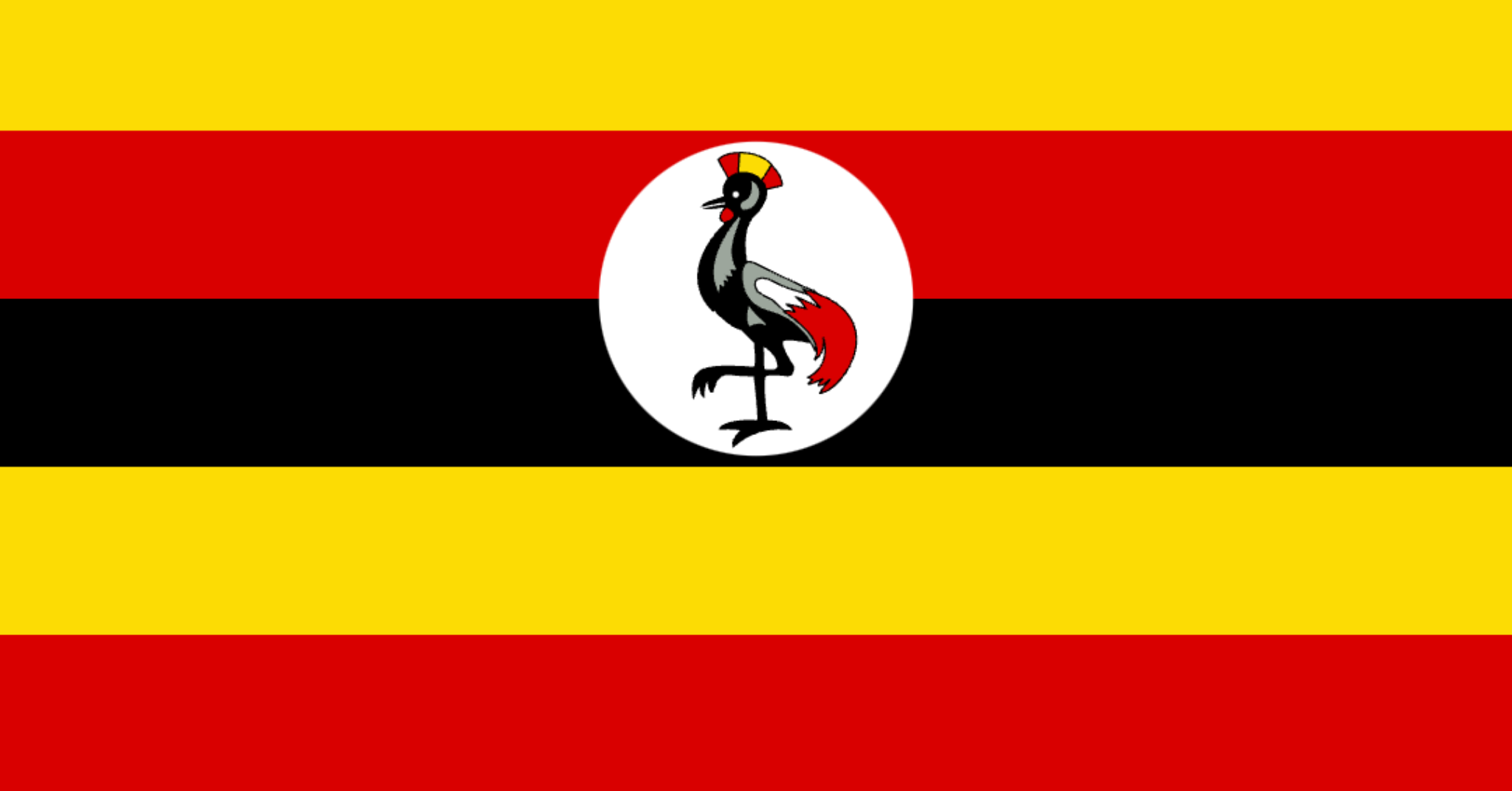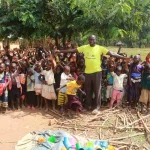Uganda

Uganda continued to struggle with slow economic growth, a steady stream of refugees from conflicts in neighboring South Sudan and eastern Democratic Republic of the Congo, and the persistent instability of a two-decade struggle against the Resistance Army. del Signore, a violent opposition group that has terrorized the north.
Hunger is a major problem in northern Uganda and the prevalence of malnutrition among children systematically exceeds emergency thresholds, especially among refugee populations. According to estimates, 29% of children under five suffer from chronic malnutrition
By the end of 2017, Uganda was hosting over 1.3 million refugees, mainly from South Sudan and the Democratic Republic of the Congo. The Ugandan government has maintained its commitment to supporting refugees, allowing them to settle and live outside the camp facilities, allocating land to them and allowing freedom of movement.
However, the number of refugees who have fled to Uganda has put a strain on the country’s services and resources. Acute malnutrition is higher in settlements in the northern region than in other settlements in other parts of the country. Statistics from recent assessments also show high levels of anemia among refugees in all settlements
Uganda is the victim of armed clashes between hostile ethnic groups, guerrillas, armed gangs, militias and various government forces
Over 30% of children in Togo suffer from stunted growth, an often irreversible condition caused by chronic malnutrition in early childhood
Uganda has one of the highest maternal mortality rates in the world: 1 in 49 women are at risk of dying during or after childbirth
40% of the spouses of Ugandan girls are 18 years old.
Help us by becoming volunteer or donating. We Need your help.





